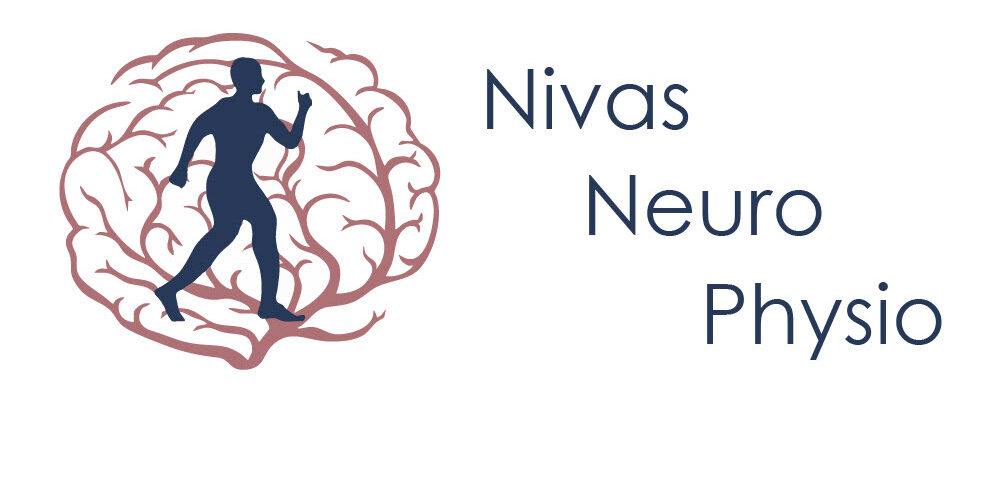Cerebral Palsy
Physiotherapy is a core part of managing Cerebral Palsy (CP). It aims to improve movement, posture, and overall functional ability. Since CP affects muscle tone, movement, and motor skills, physiotherapy is tailored to each individual’s needs, depending on the type and severity of their condition.
Here’s how physiotherapy typically helps and what treatments are involved:
🔍 Goals of Physiotherapy in Cerebral Palsy:
Improve or maintain mobility
Enhance muscle strength and coordination
Reduce spasticity (muscle stiffness)
Prevent contractures (permanent tightening of muscles/tendons)
Support independence in daily activities
Encourage participation in social/play/school activities
🛠️ Common Physiotherapy Techniques:
1. Stretching and Range of Motion Exercises
Prevents joint stiffness
Maintains flexibility
Especially important for children with spastic CP
2. Strengthening Exercises
Focuses on weak muscle groups
Uses resistance bands, body weight, or play-based techniques
3. Postural Training
Improves sitting, standing, and walking posture
May involve balance training on unstable surfaces
4. Gait Training
Helps improve walking ability and symmetry
May involve treadmill walking, parallel bars, or assistive devices (e.g., walkers, orthotics)
5. Neurodevelopmental Treatment (NDT)
Hands-on technique that promotes normal movement patterns
Helps the child “unlearn” abnormal postures and learn controlled movements
6. Functional Training
Practice of real-life skills like dressing, climbing stairs, or transferring from bed to chair
7. Assistive Devices and Orthotics
Physiotherapists recommend and help train use of:
Braces (AFOs)
Walkers
Wheelchairs
8. Hydrotherapy (Aquatic Therapy)
Water reduces stress on joints and improves freedom of movement
Ideal for children with limited mobility or high tone
9. Constraint-Induced Movement Therapy (CIMT)
For hemiplegic CP (one side affected)
Encourages use of the weaker limb by limiting movement of the stronger side
📈 Physio Across Lifespan
Infants: Focus on early movement and posture
Toddlers: Play-based mobility and independence
School-age: Gait, strength, and school participation
Teens/Adults: Function, fitness, and managing complications like joint pain or fatigue
💬 Final Notes:
Treatment is individualized and multidisciplinary
Collaboration with occupational therapists, speech therapists, orthopedic doctors, and caregivers is key
Early and consistent therapy often leads to better long-term outcomes
